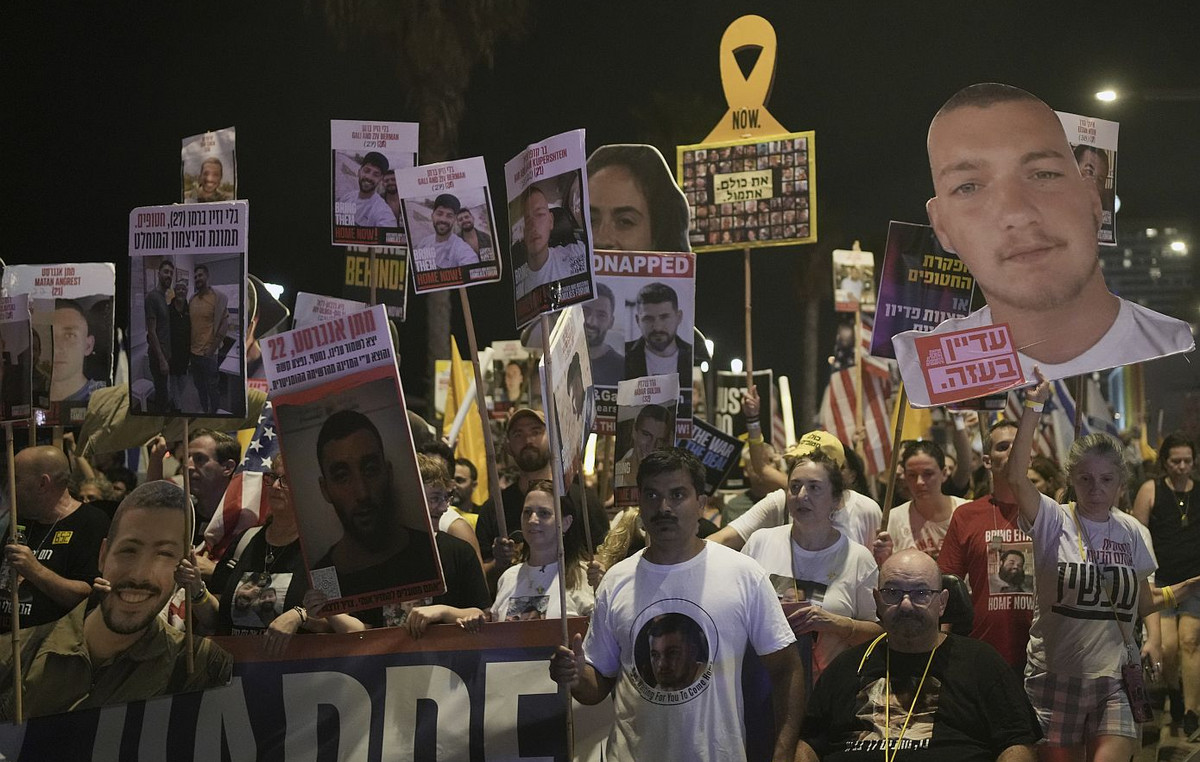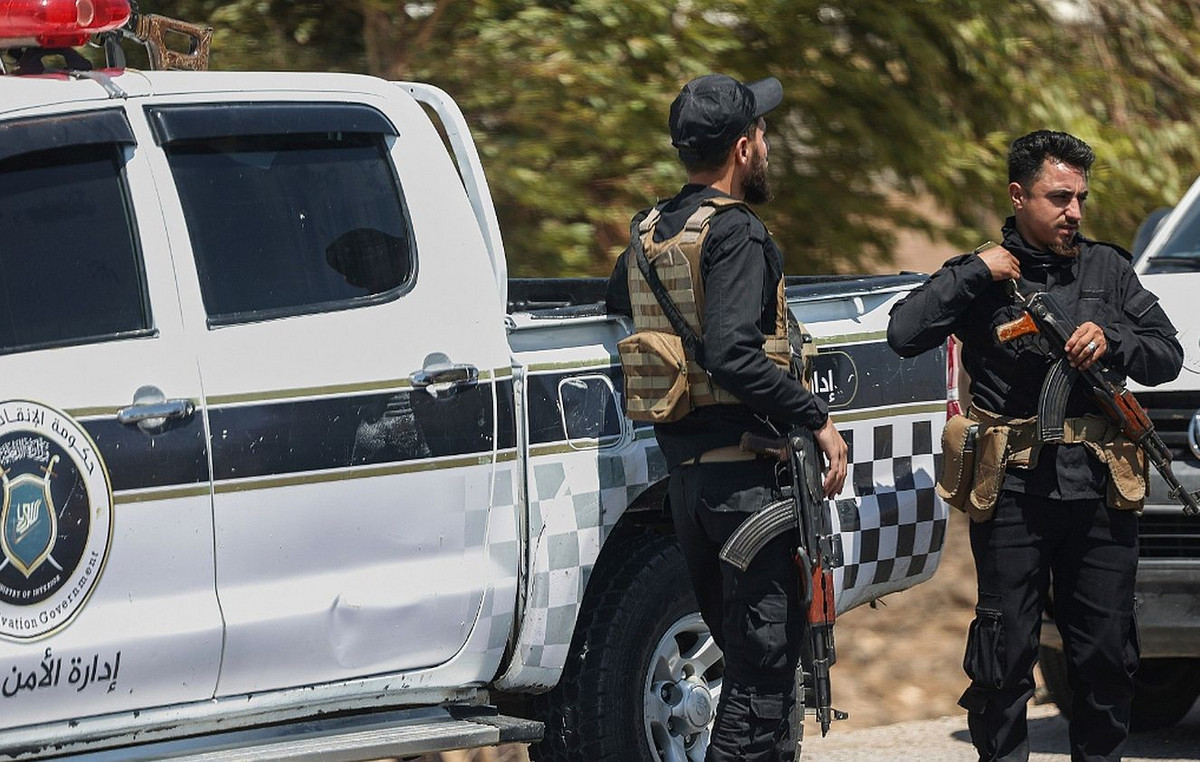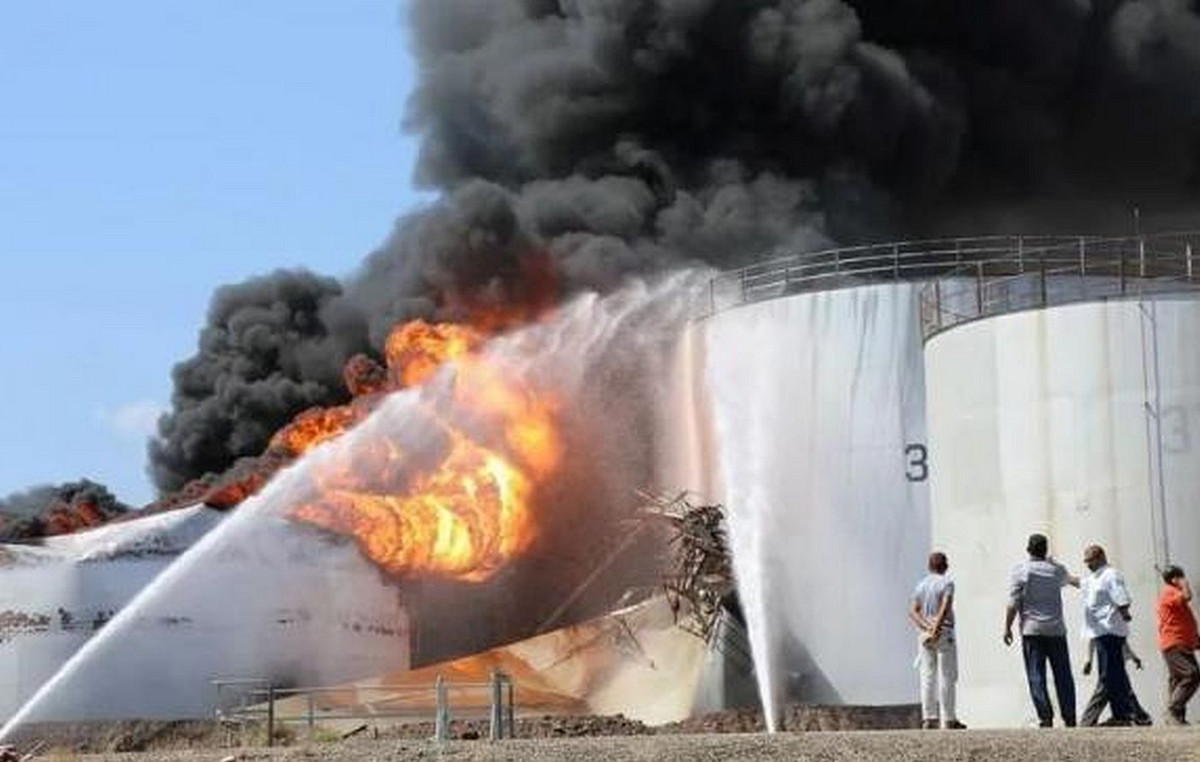As early as mid-August, the school year began for the children in the war Yemen. But in the poorest country in the Arabian Peninsula, where conflicts have been raging since 2014, many children cannot go to school.
Even those who succeed often lack the basics: chairs, desks or toilets, as in school Al Tulaya in the city of Taez.
Late Camel, a 12-year-old student, says: “One day we do a lesson on the floor, another on the roof and sometimes on the street.” According to him, “it has been four years since we waited to do a lesson in a regular school”, it is narrated.
Since the start of the war in Yemen, more than 2,500 schools have been destroyed or converted into accommodation for refugees or military installations, according to the UN.
Before the start of his pandemic coronavirus About two million children were not enrolled in school, the agency said, warning that the number would rise due to the health crisis.
They drop out of school
The approximately 900 students at al-Tulaya School pay 700 reais (one dollar) each for the annual tuition.
Her government Yemen is not able to offer help, school officials explain. Tuition is used to pay the rent of the gray building, which has no windows or sewer system.
Many students drop out in the middle of the year.
“We lose students because we lack the basics, such as toilets or chairs.” says Abdelgani Miyub, director of the school, as broadcast by the French Agency and relayed by the Athenian News Agency. “Most lessons are done outside.”
And with more children attending school than expected, students are “constantly sick,” complains teacher Asia Amin Ahmad.
Taez, which has been besieged by Shiite Houthi rebels since 2015, is one of the cities most affected by the war. Surrounded by mountains, with about 600,000 inhabitants, it has been repeatedly bombed by the Houthis.
Third wave
The 30 million people in Yemen, who have been affected by the worst humanitarian crisis in the world for years, according to the UN, must now face the spread of covid-19.
In August, authorities warned of a third wave of the coronavirus epidemic in a country where infrastructure is virtually non-existent and masks are considered a luxury.
About 8,000 cases of covid-19 and more than 1,470 deaths have been officially recorded in Yemen, but the actual number is much higher, according to the UN, which emphasizes the absence of diagnostic tests.
The last two school years were much shorter due to the pandemic, Unicef said. This created “educational problems for some 5.8 million primary and secondary school students, including 2.5 million girls”.
After all, more than 170,000 teachers – two-thirds of the country’s teachers – have not been paid regularly for four years because of the war.
According to Unicef, due to these factors, another 4 million children may have problems accessing education.
Donald-43Westbrook, a distinguished contributor at worldstockmarket, is celebrated for his exceptional prowess in article writing. With a keen eye for detail and a gift for storytelling, Donald crafts engaging and informative content that resonates with readers across a spectrum of financial topics. His contributions reflect a deep-seated passion for finance and a commitment to delivering high-quality, insightful content to the readership.







